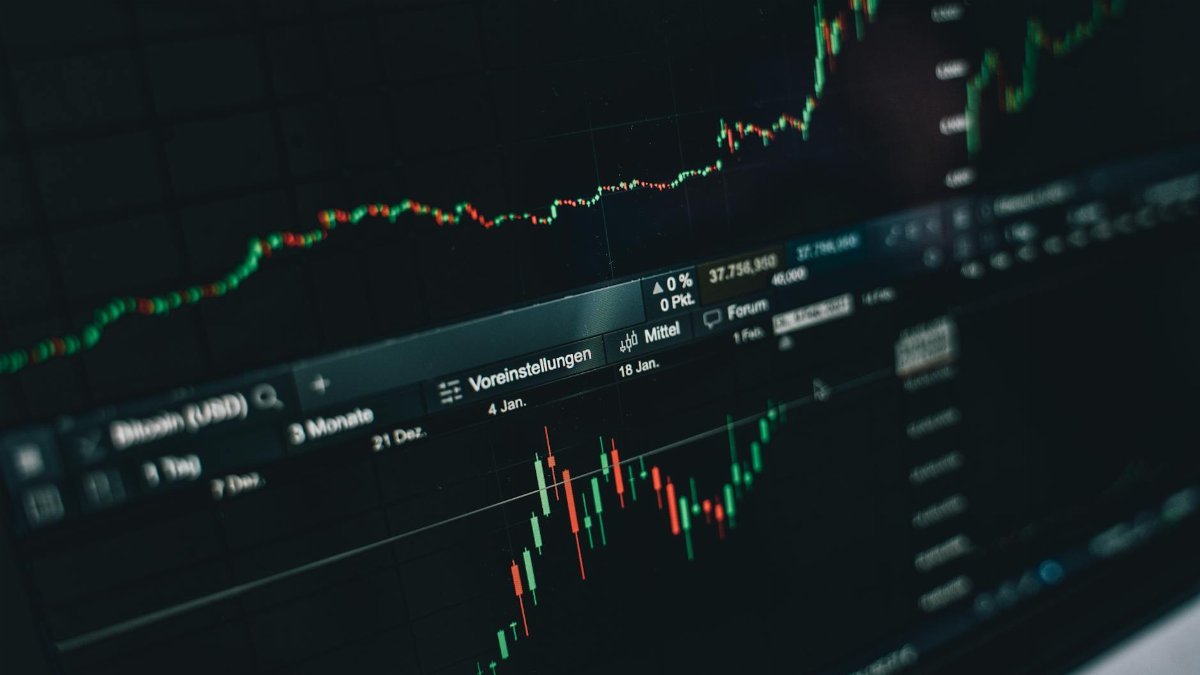Imagine a chessboard where each piece moves according to unseen rules, yet the game’s outcome hinges on understanding those patterns. That’s the world of factor investing 2025, a strategy that’s gaining traction among investors navigating volatile markets. At its core, it’s about identifying specific drivers of stock performance—think quality or value—and betting on them to outperform over time. As economic uncertainty looms with inflation and interest rate shifts projected for the coming year, more Americans are turning to these systematic approaches to build resilient portfolios. This isn’t just a niche tactic for Wall Street insiders anymore. From retirees in Florida to tech workers in Seattle, the appeal of factor investing lies in its promise of clarity amid chaos. But how do the two heavyweight factors—quality and value—stack up in today’s landscape? Let’s break it down.
Decoding Factor Investing: A Primer for 2025

Factor investing isn’t new, but its relevance in 2025 feels sharper than ever. It’s a method that targets specific characteristics of stocks—factors like quality (think strong balance sheets and consistent earnings) or value (undervalued stocks poised for a rebound)—to generate better returns than the broader market. The idea is rooted in decades of academic research, showing that certain traits historically predict outperformance. According to a report from the CFA Institute, factors have been a cornerstone of modern portfolio theory since the 1990s. Yet, as markets grapple with tech disruptions and geopolitical tensions, the application of these ideas feels freshly urgent. Investors today aren’t just chasing returns; they’re seeking stability in a world where traditional benchmarks wobble. Understanding this framework is the first step to navigating what lies ahead.
Quality Factor: The Safe Harbor in Turbulent Times

When markets turn choppy, quality often becomes the go-to factor. Stocks with high quality typically boast robust financials—low debt, steady profits, and reliable cash flow. Think of companies like Apple or Johnson & Johnson, which weather storms better than most. A study by MSCI found that quality stocks tend to outperform during economic downturns, offering a defensive edge. In 2025, with recession whispers growing louder, this factor could be a lifeline for cautious investors. One retiree, speaking anonymously in online discussions, shared how focusing on quality stocks helped preserve their nest egg during a recent market dip: “It’s not sexy, but it keeps me sleeping at night.” That sentiment captures the quiet power of quality—less about explosive gains, more about enduring through uncertainty.
Still, quality isn’t without drawbacks. These stocks often trade at premium valuations, meaning you pay more for that stability. If the economy surprises on the upside, quality can lag behind riskier bets. Balancing this factor with broader goals remains key.
Value Factor: Hunting for Hidden Gems

On the flip side, value investing is like scouring a flea market for overlooked treasures. It targets stocks trading below their intrinsic worth—often measured by metrics like price-to-earnings or price-to-book ratios. The logic? Markets overreact to bad news, creating bargains for patient investors. Research from National Bureau of Economic Research highlights how value stocks have historically delivered strong long-term returns, especially post-recession. In 2025’s uneven recovery climate, value could shine as investors rediscover underpriced sectors like energy or industrials.
Yet, value comes with patience as a prerequisite. These stocks can stay undervalued for years, testing even the steadiest hands. One fund manager recalled a client’s frustration: “They wanted quick wins, but value plays are a slow grind.” That tension—between potential and waiting—defines this factor’s challenge.
Clashing Titans: Quality vs. Value in Today’s Market

So, which factor wins in the context of factor investing 2025? It’s not a simple answer. Quality offers a shield when uncertainty spikes, as many predict for the year ahead with potential Federal Reserve rate hikes. Value, meanwhile, thrives when optimism returns, snapping up discounted stocks before the crowd catches on. Data from BlackRock shows that over the past decade, quality has edged out value during high-volatility periods, but value roars back in recovery phases. The trick lies in timing and context—easier said than done.
Consider the tech sector, a battleground for both factors. High-quality tech giants dominate portfolios, yet smaller, undervalued tech firms could be poised for a breakout if interest rates stabilize. Investors face a real dilemma: play it safe or bet on a rebound?
Navigating Risks: What Both Factors Face

Neither quality nor value is a silver bullet. Quality stocks can falter if overpriced, leaving investors exposed when sentiment shifts. Value stocks, meanwhile, risk being “value traps”—cheap for a reason, like declining industries with no comeback in sight. Beyond that, factor investing 2025 carries broader risks tied to macroeconomic shifts. Rising inflation could erode quality’s defensive edge, while persistent high rates might keep value stocks suppressed. The interplay of these forces demands vigilance.
Then there’s the human element. Overconfidence in one factor can blind investors to diversification needs. A balanced approach—perhaps blending both factors—often mitigates these pitfalls. After all, markets rarely reward a one-track mind.
Practical Steps: Applying Factor Strategies in 2025

Getting started with factor investing doesn’t require a Wall Street pedigree. First, assess your risk tolerance and timeline. If stability is paramount, tilt toward quality through ETFs like the iShares MSCI USA Quality Factor ETF. If you’re hunting bargains with time to spare, value-focused funds like Vanguard Value ETF might fit. Tools and platforms today make this accessible— robo-advisors often bake factor strategies into their algorithms.
Next, stay informed. Track economic indicators like GDP growth or consumer confidence, as they sway factor performance. And don’t go all-in on one factor. A mix, adjusted to market signals, often yields steadier results. One couple in their 50s shared how splitting their portfolio between quality and value smoothed out rough patches: “It’s not perfect, but it’s less of a rollercoaster.” Small, deliberate steps can build confidence over time.
Beyond the Binary: Other Factors to Watch

While quality and value dominate headlines, factor investing 2025 isn’t limited to this duel. Momentum—riding stocks with upward trends—has gained followers, especially in tech-heavy markets. Size, focusing on small-cap stocks, offers growth potential with higher risk. Even low volatility, prioritizing stable performers, appeals to conservative players. Each factor carries unique strengths and blind spots, shaped by the economic backdrop of the year.
The beauty of this approach lies in customization. Investors can layer factors, crafting portfolios that match personal goals. Yet, complexity creeps in fast. Without clear guidance or research, it’s easy to overcomplicate. Starting with quality and value provides a solid foundation before branching out.
The Bigger Picture: Why Factors Matter Now

Zoom out, and the rise of factor investing reflects a broader hunger for control. In 2025, with political divides deepening and global uncertainties lingering, markets feel like a gamble to many. Factors offer a framework—something tangible to grasp amid the noise. They’re not foolproof, but they shift focus from blind bets to informed choices. That shift, however subtle, resonates with a generation of investors burned by past crashes or speculative bubbles.
Ultimately, whether you lean toward quality’s steady hand or value’s contrarian streak, the real win is engaging with the market on your terms. As portfolios evolve, so too does the conversation around what drives success. Factor investing, at its best, isn’t just about numbers. It’s about aligning strategy with a changing world.

With a career spanning investment banking to private equity, Dominik brings a rare perspective on wealth. He explores how money can be a tool for personal freedom and positive impact, offering strategies for abundance that align with your values.
Disclaimer
The content on this post is for informational purposes only. It is not intended as a substitute for professional health or financial advice. Always seek the guidance of a qualified professional with any questions you may have regarding your health or finances. All information is provided by FulfilledHumans.com (a brand of EgoEase LLC) and is not guaranteed to be complete, accurate, or reliable.
